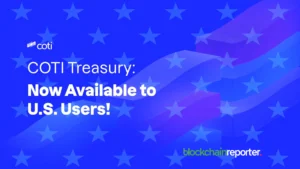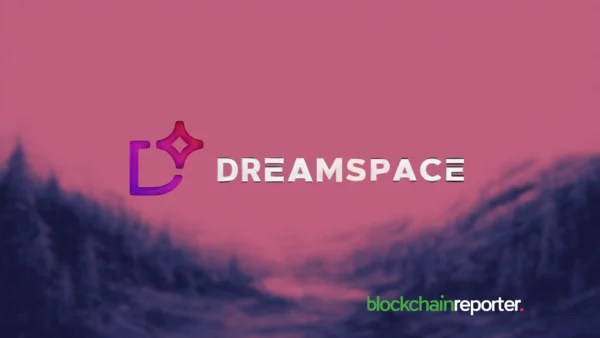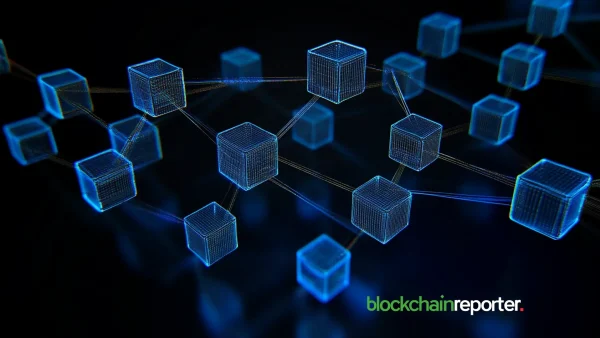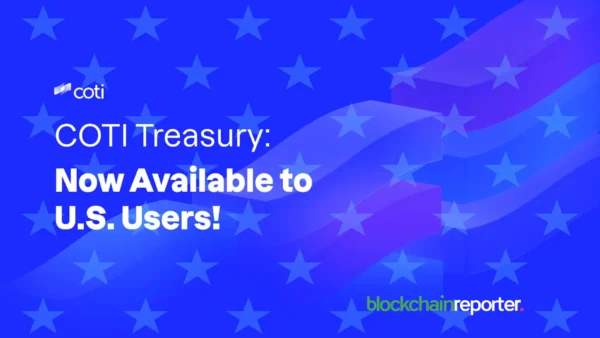
Blockchain technologies like cryptocurrency and NFTs have their fair share of detractors, yet those who belittle such innovations may be compelled to start using them sooner than they think, as Web3 emerges to replace the existing internet.
Most people have heard of Web3, but the concept can be a bit confusing for the less tech-savvy among us. The term essentially refers to the next evolution of the internet, which is always growing and changing. Until recently, the evolution of the Internet has meant new kinds of websites, services and platforms, mobile applications, and so on, but with Web3, the very infrastructure on which the Internet is built is slowly being transformed.
A Decentralized Internet
Web3, when it catches on, will wrest control of the internet from these corporations and hand it back to users, leading to what will hopefully be a more accessible, democratic, and fairer online world that’s free of censorship or restrictions.
The term “Web3” was coined by Ethereum co-founder Gavin Wood, who has repeatedly pointed out that “Web2” is monopolized by big tech firms that, in turn, are beholden to government regulators. The issue Wood, and other proponents of Web3, have with these entities is that they may or may not be trustworthy, and they cannot easily be held accountable.
“Maybe [companies] tell the truth because they’re scared that their reputation will take a big hit if they don’t,” Wood told Wired.com in a 2021 interview. “But then, as we saw with some of the Snowden revelations, sometimes companies don’t get an opportunity to tell the truth.”
The vision of Web3 is an internet that’s run entirely on blockchains, with all data published on and verified by decentralized ledgers, similar to how crypto works. In this new internet, applications will enable the exchange of information between two parties without any middleman, and they will be permissionless, meaning they can be accessed without the need for verification or permission from a service provider.
The data that makes up Web3 will not be stored on centralized servers, but on a public network, and any changes to that information will have to be verified by a majority of network participants. This will help to prevent anyone from extending control over data and increase transparency and trust in that information. This kind of blockchain-based internet will make it impossible for anyone to seize control, meaning it will be far more accessible.
Web3 will enable new kinds of applications that support peer-to-peer transactions. So instead of using a banking app where payments go through an intermediary (the bank), users will pay for goods and services directly to the provider using cryptocurrency. The transaction will be verified by the network before it is finalized, and then published onto the blockchain in a transparent manner.
How Do We Get To Web3?
The radically different design of Web3 raises questions about how we’re going to get people to migrate to it from existing platforms. At present, Web3 onboarding is a bit of a struggle, and anyone who wants to get in has to teach themselves the basic fundamentals, like how blockchain, crypto, and digital wallets work. Unfortunately, these technologies are rather complicated, creating a real barrier to Web3’s adoption.
To get everyday folks interested in Web3, the industry needs to build more user-friendly solutions that simplify its adoption. The easiest way to do this is to abstract away the complexities of blockchain, crypto, and NFTs, essentially making them invisible. That means more user-friendly wallets that work similarly to traditional banking applications, traditional, email-based sign-in processes, and simpler onramps for acquiring the cryptocurrency that will be used to transact in Web3.
Fortunately, progress is being made with wallets such as Ambire Wallet, which do away with the need for seed phrases, which are the complex passwords that are used to secure digital wallets. The issue with crypto wallets is that the user is responsible for its security, and if they lose this password, they’ll never be able to regain access to their funds stored within it. Ambire Wallet solves this by using account abstraction techniques under the hood to enable traditional, email-style recovery in the event someone loses their password.
Meanwhile, companies like Ramp Network are making it much easier for people to get hold of the crypto they need to engage with Web3 applications and games. Ramp offers an API that can be integrated into any application. Users only ever have to sign up once, and they can buy whatever crypto they require with just a couple of clicks, using their credit/debit card, bank transfer, payment services like Apple Pay, Google Pay and PIX, and so on. What’s more, it’s also innovating in areas like verification, introducing concepts such as document-free KYC in countries like Brazil, so users don’t even have to upload any ID when they first sign up.
The Beauty of Web3
Web3 is a superior model to Web2, providing significant advantages that will almost certainly ensure its growth if the onboarding challenges can be solved.
Users Own Their Data:
With Web2, companies like Facebook, Google and Microsoft control most of the data that’s created by their users, harnessing it and monetizing it by selling it to advertisers. Web3 will put a stop to this, giving users back control. But not only that, it will also allow netizens to monetize their data. For instance, using the Brave Browser, users can choose to make their data available to advertisers of their choosing, and in return for viewing their ads, they are rewarded with BAT tokens. These can then be used to purchase products, tip content creators or sold on a crypto exchange.
Fairer Rewards For Creators
Web3 also means content creators will be able to earn their fair share. Currently, existing social platforms such as Instagram and YouTube keep the bulk of the revenues generated by their users for themselves. This changes with Web3, where decentralized social media or SocialFi platforms such as Phaver, Republik and Friend.Tech make it possible for users to own the content they create.
Creators can decide for themselves if they want to make their content free, or put it behind a paywall (receiving the payments directly through P2P transfer). Such platforms also enable “tipping” where users who earn crypto for engaging with platforms can send small amounts to their favorite content creators. These tips can then be exchanged for fiat or other cryptocurrencies such as Bitcoin using platforms like Ramp.
Incentives For Developers:
In Web3, developers will have numerous ways to monetize their work too. For instance, a developer can create blueprints or components for Radix-based smart contracts and upload them to a decentralized marketplace. Other developers can use these components to build decentralized applications more rapidly, simply by piecing them together with others. Each time their app is used, the developers who supplied the blueprints will earn a tiny percentage of the transaction fees, which incentivizes them to keep contributing.
Developers can also hard-code incentives into their dApps, using smart contracts that award them a small transaction fee every time it is used. Alternatively, NFTs can also provide incentives. Using smart contracts, an artist can program the NFT to pay themselves a royalty each time that asset is sold, ensuring they are fairly compensated in the event their work becomes widely recognized and increases in value.
Benefits For Businesses:
Web3 can provide a lot of value to companies. For instance, businesses that process lots of credit card payments have to pay significant fees on each transaction. By enabling crypto payments instead, they cut out the middleman and all but eliminate these fees, except for the blockchain gas fees.
Other benefits include enhanced customer loyalty programs built on blockchains and digital tokens. For instance, Tidepay allows companies to create their own rewards tokens that are distributed to customers as rewards for each purchase they make. These tokens can then be redeemed for discounted products and freebies, and companies are not limited to their own offerings. They can partner with other brands to create a kind network, where their loyalty is rewarded with access to an entire catalog of products from multiple companies.
The Future Is Closer Than You Think
The Web3 revolution promises to enhance the lives of everyone, and this new iteration of the internet can materialize much sooner than most people realize. Already, the foundations of Web3 are in place, with hundreds of blockchains supporting thousands of different dApps. Millions of people across the world are already using and investing in crypto, and segments such as SocialFi and GameFi, or blockchain-based games, are growing rapidly by the day.
The Web3 industry still needs to simplify the user experience, but there are encouraging signs with startups such as Ramp, Ambire Wallet and others making fast progress in this area. Businesses too, are becoming more aware of the opportunities Web3 provides, and traditional financial players are quickly warming up to DeFi.
For now, Web3 is still a young and evolving concept, but many of the benefits first posited by Gavin Wood back in 2014 have since become a reality. As the adoption of Web3 accelerates, it’s rapidly approaching a tipping point where nothing will be able to hold it back.









